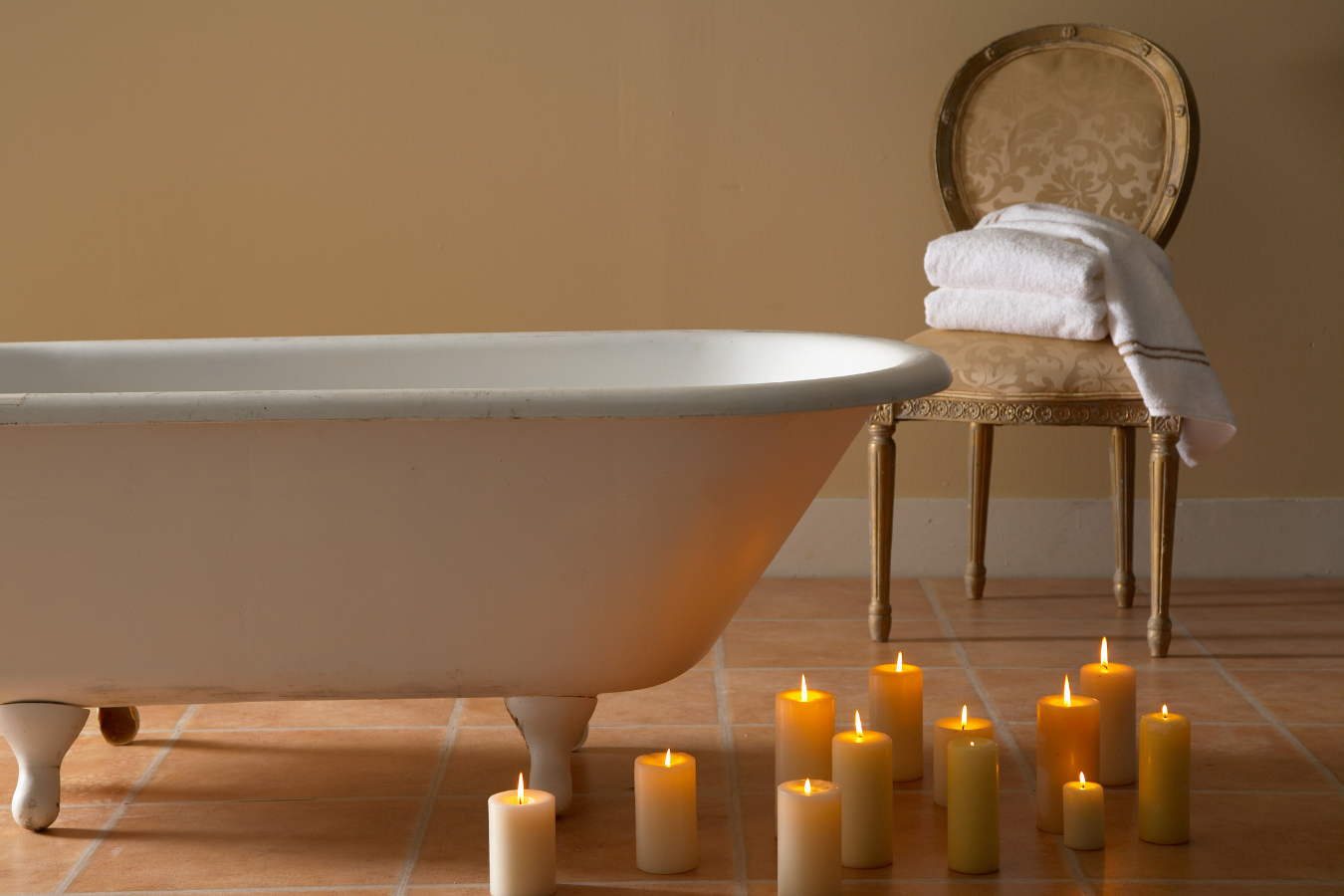COVID-19 is here to stay. Although it no longer collapses hospitals, it still haunts our lives, causing various symptoms such as fever, sore throat and headache. Sometimes it becomes persistent and its after-effects last for months, affecting our quality of life.
As it is such a new disease, we have a long way to go to understand how to treat it. That's why the scientific community is taking action and has recently suggested that balneotherapy could help treat the symptoms of persistent COVID.
What is balneotherapy?
Balneotherapy is a set of practices using mineral waters, mud, and gases from natural springs for therapeutic purposes. It has been used since time immemorial to treat a wide range of conditions. Today, it has ample scientific evidence and has become an important part of public health systems in many countries.
In particular, balneotherapy is very effective in the treatment of rheumatic diseases such as osteoarthritis, fibromyalgia, rheumatoid arthritis, and low back pain. Its effects last up to six months and, as this therapy has no adverse effects, it is a very good alternative to the use of drugs that do not agree with the patient.
Mineral waters are quite a complex substance. Each is made up of a different mixture of organic and inorganic compounds and their beneficial effects are due to both their physical properties, such as temperature, and their chemical properties, such as the concentration and composition of their salts. These characteristics make it very difficult to understand the exact mechanism by which they are therapeutic.
However, several studies have already shown that some minerals can penetrate the body through the skin and help reduce inflammation and oxidative stress. This implies that the beneficial effects of balneotherapy are not only due to the action of heat.

Can balneotherapy improve the symptoms of persistent COVID-19?
The most common persistent symptoms following a COVID-19 infection are fatigue (60% of cases) and shortness of breath (50% of cases), but other symptoms such as psychological discomfort, joint and muscle pain, sleep disorders, memory loss, mental fog, headache or cough also occur.
The European Spas Association (ESPA) recommends balneotherapy to recover from some of these symptoms:
- Shortness of breath: inhaling the vapours from mineral water from spas has been shown to improve the elasticity of the lungs and reduce inflammation.
- Muscle aches and pains: some mud treatments have anti-inflammatory and analgesic effects and improve blood circulation.
- Psychological discomfort: balneotherapy reduces stress levels and improves emotional state, increasing quality of life.

También se han realizado investigaciones directamente con pacientes con síntomas de COVID persistente que corroboran los efectos beneficiosos de la balneoterapia. Por ejemplo, un estudio reciente del Instituto Hospital del Mar de Investigaciones Médicas, ha concluido que la balneoterapia reduce el dolor y la fatiga y mejora la calidad del sueño y el estado de ánimo. Sin embargo, no ayuda a mejorar los síntomas cognitivos, como la neblina mental o la pérdida de memoria.
Balneario Caldes d'Estrac: un balneario sostenible
Es importante que los balnearios no sean buenos solo para la salud de sus clientes, sino también para la de sus trabajadores y la del medio ambiente. Un ejemplo a seguir es el Balneario Caldes d'Estrac, en Barcelona.
El equipo de Biosfera Sostenible ha avalado las buenas prácticas del Balneario Caldes d'Estrac por poseer un sólido plan de sostenibilidad:
- Energy saving: they use low-consumption LED lights.
- Water efficiency: they save water in the bathrooms using a regulation device in the toilets and the automatic opening and closing of taps.
- Paper and biodegradable products: they have digitalized processes to save paper and use biodegradable materials.
- Visual impact: their facilities seek to cause the minimum visual impact on their surroundings.
Waste recycling. - Measures to avoid food wastage.
- Promotion of labor empowerment and respect for workers' rights.













